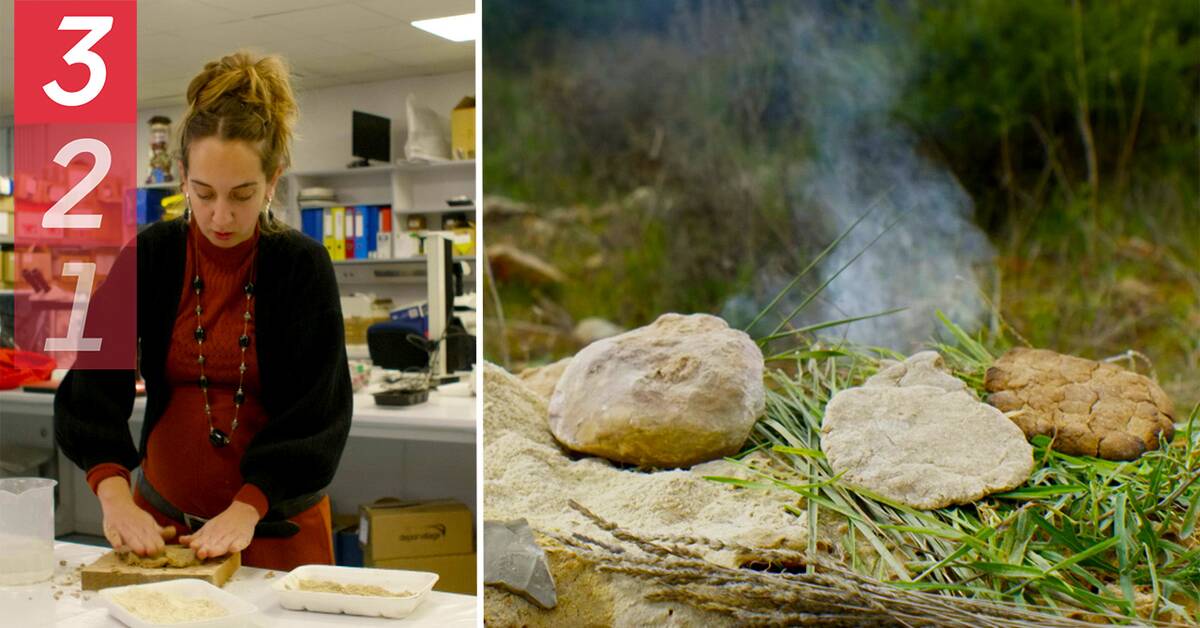For many years, the so-called Stone Age diet has been a popular diet.
It consists of food that man could obtain when he lived as a hunter and gatherer, i.e. fish and meat, as well as fruit, vegetables and nuts.
Now we could add a food, namely bread.
During an excavation in Qa'Shubayqa in Jordan, archaeologists made an unexpected discovery.
They found charred seeds from cereals in 15,000-year-old food remains.
The seeds have been used in cooking several thousand years before agriculture took off.
Amaia Arranz, who is an archaeobotanist at the University of Copenhagen, has analyzed the remains.
Grown wild
- You have to remember that the types of grain they used grew wild, she says.
Tobias Richter is an archaeologist at the University of Copenhagen, and he proposes a new hypothesis about why humans started farming.
- Bread is a very nutritious food because it is packed with calories - and it is easy to store.
He believes that the taste of the energy-rich bread must have made people make an effort to get even better access to different types of grain.
- Changes in what people thought was good may have been one of the most important factors in the transition to agricultural society, says Tobias Richter.
See "The real Stone Age diet" in the World of Science on SVT Play or on SVT2 Monday, February 13, 8 p.m.

